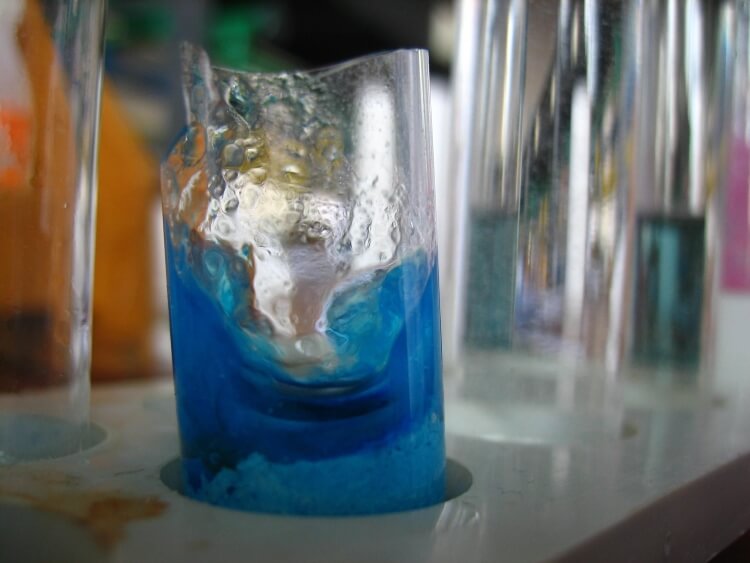7068
Thyroid Hormone Receptor beta Antibody
Thyroid Hormone Receptor beta Antibody
THRB
11-60
52 kDa
P10828
Rabbit
H, M, R
thyroid
1 mg/ml
anticorps
Hs.187861
Polyclonal
WB IHC ELISA
Unmodified/Total
145650/188570/190160/274300
Stable at -20°C for at least 1 year.
C-ERBA-BETA; ERBA2; NR1A2; THB1; THR1
The antibody was purified from rabbit antiserum by affinity-chromatography using immunogen.
The antiserum was produced against synthesized peptide derived from human Thyroid Hormone Receptor beta.
Thyroid Hormone Receptor beta Antibody detects endogenous levels of total Thyroid Hormone Receptor beta protein.
Rabbit IgG in phosphate buffered saline (without Mg2+ and Ca2+), pH 7.4, 150mM NaCl, 0.02% sodium azide and 50% glycerol.
If you buy Antibodies supplied by Assay Biotech they should be stored frozen at - 24°C for long term storage and for short term at + 5°C.
Hormone releasing factors and releasing hormones are signaling molecules produced by glands in multicellular organisms. The glands that secrete Luteinizing hormones LHRG and LH, FSH comprise the endocrine signaling system. The term growth hormone releasing hormone GHRH is sometimes extended to include chemicals produced by cells that affect the same cell (autocrine or intracrine signaling) or nearby cells (paracrine signaling). Human recombinant LHRG and GHRH are produced in E. coli or in yeast cells.The receptors are ligand binding factors of type 1, 2 or 3 and protein-molecules that receive chemical-signals from outside a cell. When such chemical-signals couple or bind to a receptor, they cause some form of cellular/tissue-response, e.g. a change in the electrical-activity of a cell. In this sense, am olfactory receptor is a protein-molecule that recognizes and responds to endogenous-chemical signals, chemokinesor cytokines e.g. an acetylcholine-receptor recognizes and responds to its endogenous-ligand, acetylcholine. However, sometimes in pharmacology, the term is also used to include other proteins that are drug-targets, such as enzymes, transporters and ion-channels.
